A Clean Sheet
- Print Edition
- October 3, 2022
- 0
- 11 minutes read
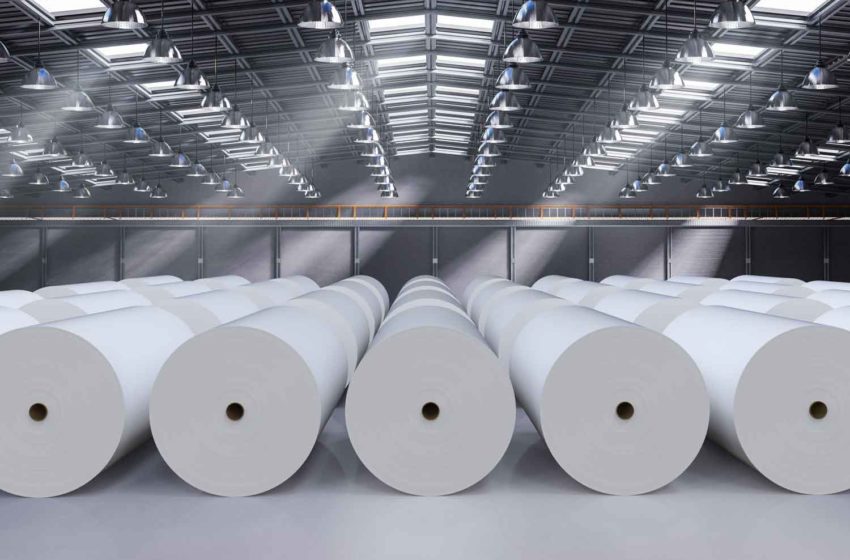
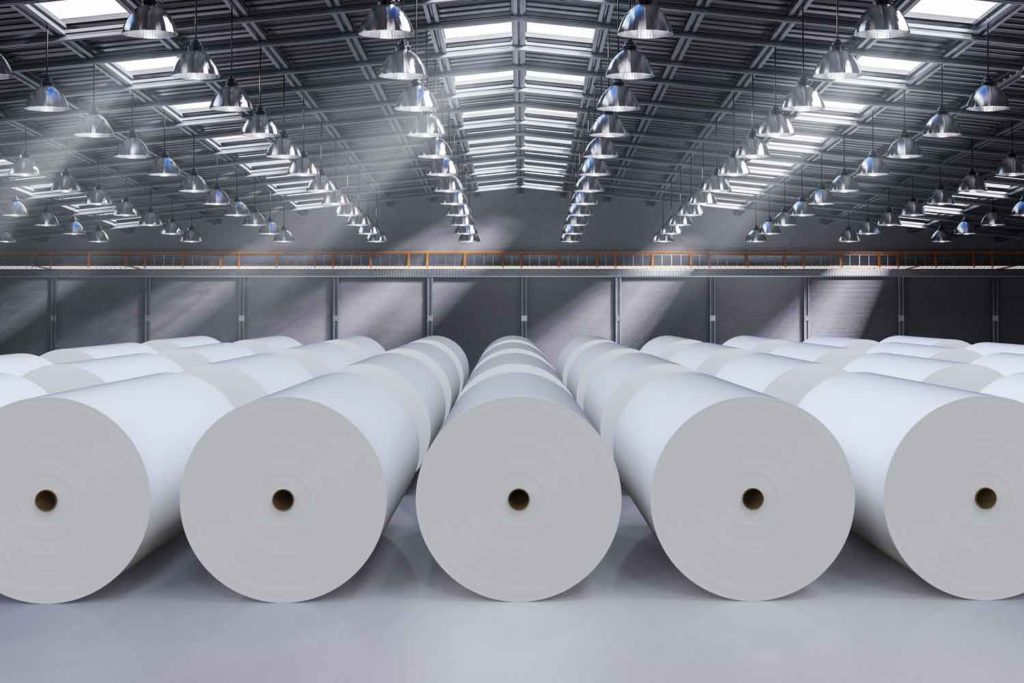
Cigarette paper manufacturers are reconfiguring production processes to reduce their environmental impact.
By Stefanie Rossel
The effect of papermaking on the environment is considerable: According to Wikipedia, the pulp and paper industry is the world’s fifth-largest consumer of energy, accounting for 4 percent of global energy use. The sector uses more water than any other industry; producing 1 ton of paper requires an estimated 300 tons to 400 tons of water. Other issues include deforestation, greenhouse gas emissions, harmful chemicals and wastewater.
Driven by greater environmental awareness and stricter regulations, paper manufacturers have been moving toward more sustainable production practices. Tobacco Reporter spoke to leading players in the cigarette paper business about their strategies to reduce the environmental footprint of their operations.
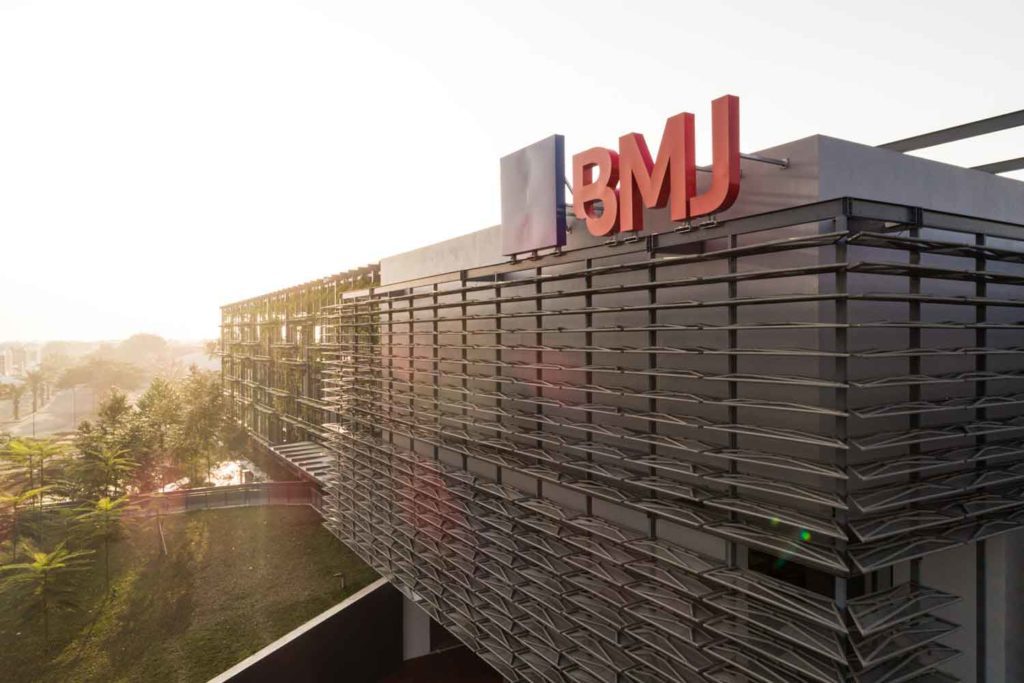
Reduce, Reuse and Innovate
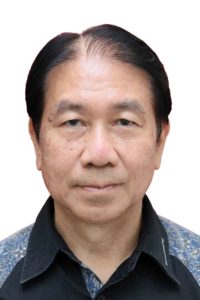
Based in Indonesia, BMJ is the world’s No. 3 cigarette paper producer, supplying about 10 percent of global requirements. BMJ Innovation Center Director Liem Khe Fung is convinced that without a sustainability strategy, a company won’t survive the next 10 years to 15 years. Therefore, BMJ has adopted a strategy of “reduce, reuse and innovate.”
“First, we reduce energy consumption,” explains Liem. “Second, we reuse or recycle water from the production line to minimize the use of water from the river. We also select the chemicals used in the production carefully to minimize their impacts to the environment. Finally, we intend to replace plastic-based materials with paper/pulp-based materials, for example, replacing plastic[-based] or metalized-based packaging with paper-based packaging that is safe for the environment yet has the same functionalities.”
Paper machines consume huge amounts of energy. To reduce that consumption, BMJ replaced energy-hungry machine parts, such as the motors that drive the rolls, with more efficient parts. By generating and feeding exactly the right amount of steam to the drying drums, BMJ reduced waste. The company also captured part of the carbon dioxide (CO2) emissions from its coal boiler and used them to produce calcium carbonate (CaCO3), a key chemical in papermaking. According to Liem, using CaCO3 in liquid form saves much energy because it eliminates the need to transform the chemical into a powder for transportation.
Such actions have enabled BMJ to reduce its energy consumption by about 15 percent in just a few years.
Papermaking also requires lots of clean water, an increasingly scarce resource. Water accounts for up to 99.9 percent of the material mixture in the web-making process. Water is also used to generate steam to dry the web or paper. To reduce water consumption, BMJ modified its No. 3 paper machine to recycle water back into the production process several times before sending it to wastewater treatment.
Currently, BMJ derives 20 percent of its water requirements from recycled water. The company aims to use 50 percent recycled water by the end of 2023.
Looking ahead, BMJ hopes to install renewable energy systems, such as solar panels, by 2023. “We also would like to replace some of the coal used in our boiler with biomass,” says Liem.
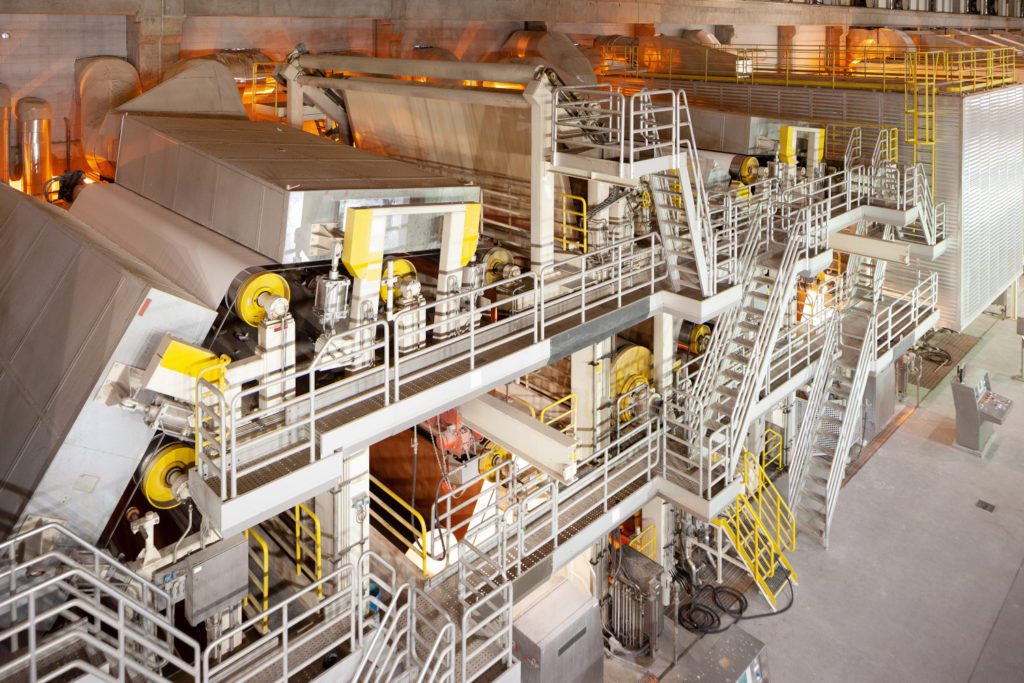
Own Your Power

Creating an in-house green energy supply is also at the heart of Hengfeng Paper’s sustainability strategy. With 21 production lines and an annual production of 230,000 tons, the Chinese manufacturer of cigarette paper, plug wrap and tipping base is an industry giant.
The company, which celebrates its 70th anniversary this year, recently published a carbon footprint status and emission reduction action plan designed to meet government requirements. In September 2020, President Xi Jinping announced that as part of the country’s 14th five-year plan, China would strive for peak CO2 emissions by 2030 and carbon neutrality by 2060.
Due to its level of development, China’s primary energy demand is expected to increase to 6 billion tons of standard coal by 2030. The government aims to increase the proportion of power generated by clean energy sources to 59 percent by 2030 and 86 percent by 2050 while boosting the proportion of electricity generated by clean energy sources to 48 percent by 2030 and 83 percent by 2050.
To help China meet these objectives, Hengfeng plans to slash its carbon emissions by more than a third in eight years. The company will focus its efforts on improving the efficiency of power and steam acquisition, as a carbon footprint analysis identified these activities as the major contributors to the company’s global warming potential.
Among other initiatives, Hengfeng plans to build a 10 MW photovoltaic power plant. The company has already signed cooperation agreements with partners and is currently preparing for construction, according to Vincent Li, sales manager at Hengfeng Paper’s Export Department II. Upon completion, the facility will generate up to 1,000 kWh, which will be fully used for paper production.
To recover energy, Hengfeng will deploy cogeneration technology, which involves the thermodynamically efficient use of fuel. “In traditional power production, some of the energy must be discarded as waste heat, but in cogeneration, some of this heat is put to use,” explains Li.
“Hengfeng makes full use of low-pressure steam after power generation for paper drying to achieve the purpose of maximizing energy utilization,” he says. The company fully recovers and utilizes the heat of the condensed water generated by the paper web drying process. It also plans to install high efficiency heads on the water pipe for washing. “We will promote high-pressure cleaning of the Fourdrinier* sections, thus improv[ing] the cleaning efficiency and sav[ing] the washing water by mobile spray and increasing the spray pressure,” adds Li.
Hengfeng has also been working on reducing its carbon footprint in CaCO3. “Hengyuan biochemical company, the calcium carbonate supplier [for] Hengfeng, introduced German process technology in 2017 and introduced the flue gas of Hengfeng’s thermal power plant into the reactor through an overhead pipeline,” says Li. “It uses quicklime and carbon dioxide in the flue gas to generate light calcium carbonate, comprehensively utilizes the carbon dioxide in the flue gas and reduces the carbon dioxide emissions. The annual comprehensive utilization of carbon dioxide in the flue gas is about 22,000 tons.”
To reduce fresh water consumption, Hengfeng has expanded the volume of its storage tank and increased the share of recycled water, among other measures. “We also introduce, popularize and apply new water-saving technologies and carry out a water-saving inspection every month to ensure that water-saving targets are achieved,” says Li.

A ‘Thinner’ Impact

SWM, a provider of engineered fine papers with expertise in natural fiber-based solutions, has launched a new initiative called “Thinpact” that regroups its different actions across its engineered paper division.
The company aims to set an example for the industry by researching and developing sustainable processes and solutions while being authentic and transparent about the process.
For the 2020–2030 period, SWM wants to reduce the CO2 emissions of its engineered papers business unit by 40 percent and its water withdrawal volumes by 25 percent.
“Reducing our impact is a complex process to which SWM is fully committed,” says SWM ESG Manager Marc Bettoli. “We decided to act step by step, starting with energy and waste. The first step for the reduction of carbon emissions is a program launched on Scope 1 and Scope 2—direct and energy-related—emissions. We have designed a sufficiency plan in order to get the right setting on paper machines. For instance, the drying temperature is set differently depending on the reference produced on the machine. We have also developed a plan to run the most efficient assets for the needed usage. For instance, we choose a pump with the best power, yield or technology, or we recover all possible heat from steam. The third step is the use of renewable sources of energy. For instance, we will add renewable electricity in the power mix.”
SWM has reduced its CO2 intensity—that is, the CO2 equivalent emissions per metric ton of goods produced, Scopes 1 and 2—by 11 percent between 2020 and 2021. At its largest site, Quimperle in France, the company has saved 3 percent of energy consumption year to date.
Waste reduction is also on SWM’s agenda. At Quimperle, the company plans to reduce landfill waste by 30 percent in the first year of a pilot program through internal incentives and education, waste assessment and waste valorization.
In addition to Quimperle, SWM has two other paper mills in France. This summer, France experienced the impact of climate change firsthand through a historic drought.
At the time of writing, the company’s French sites had not yet been impacted by water scarcity. “We are monitoring water levels on all sites with environmental managers at the sites, and we are in close contact with administration to [make] decisions if needed, especially in times of crisis,” says Bettoli. “We have implemented water recycling modes that were prepared for a long time. With the specific program on water management in order to reach or exceed our minus 25 percent goal for 2030, we will be prepared for upcoming historic droughts.”
Some of SWM’s energy comes from biomass. In Le Mans, for example, a biomass boiler produces steam. “We have developed a plan to roll out biomass boilers on other papermaking sites by 2030,” says Bettoli. “We are currently studying possibilities to add renewable electricity in our power mix, with the ‘Virtual Power Purchase Agreement’ approach.”
The company has also installed several energy recovery processes in its mills. The Quimperle plant, for example, both produces and burns black liquor, a byproduct of pulp processing, for energy recovery. SWM uses heat exchangers to recover energy losses of air and hot water and heat from production processes to heat its offices and buildings. It has also implemented hood closures and automatic controls to limit losses such as exhausted air.
By reusing excess water from the paper machines for dilution in the stock preparation area, the company reduces water consumption. For that purpose, SWM has implemented a fiber recovery system.
Bettoli says the company is also reshaping product design to support the development of new products that have a lower overall impact. “This approach is included in our R&D processes,” he says. “We have developed an eco-scorecard, and we are looking forward to collaborating with the industry to reduce the impact of our activities together. One recent example is the Evolute filter media product range, which is paper for filters to replace standard acetate within filters.”
*Modern papermaking machines are based on the principles of the Fourdrinier Machine, which uses a moving woven mesh to create a continuous paper web by filtering out the fibers held in a paper stock and producing a continuously moving wet mat of fiber. This is dried in the machine to produce a strong paper web.

